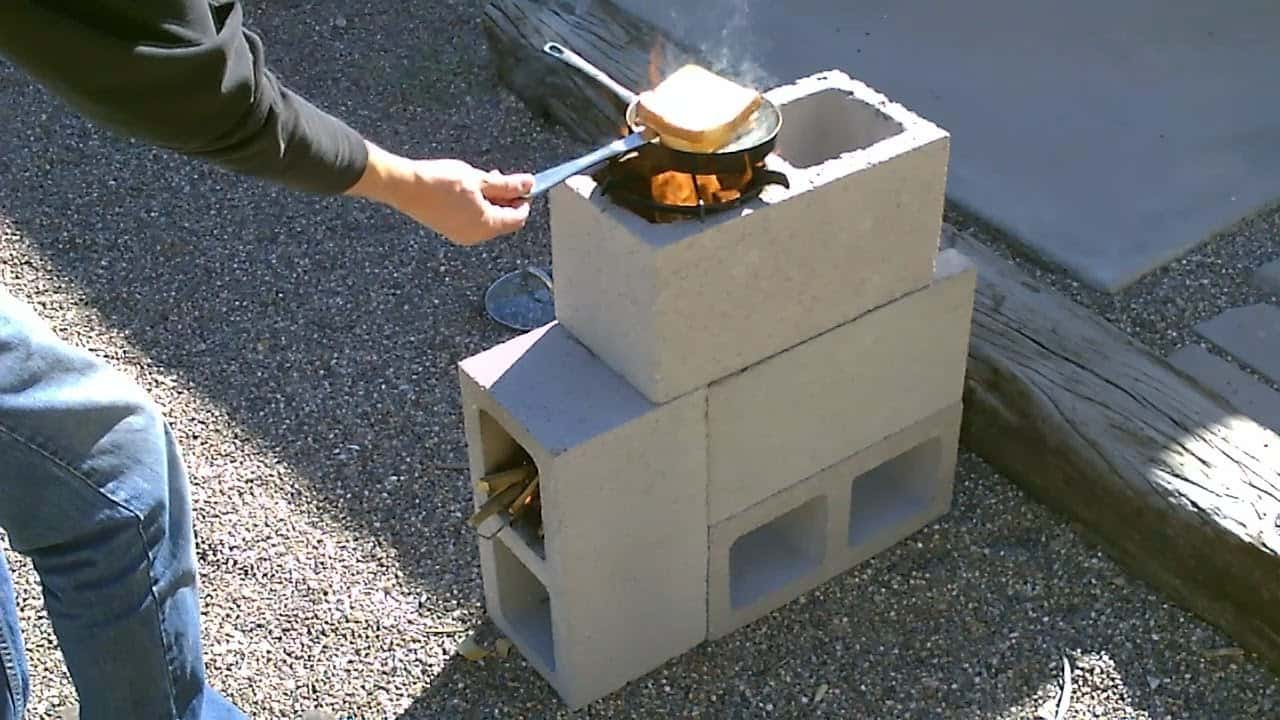How to build a rocket stove

I. Introduction to Building a Rocket Stove
A. Recognizing the Benefits of Rocket Stoves for Outdoor Cooking
- Understanding the Efficiency and Environmental Advantages of Rocket Stoves
Rocket stoves are designed to maximize fuel efficiency by utilizing a combustion chamber and a chimney-like structure. This design allows for better airflow and more complete combustion, resulting in less fuel consumption and reduced emissions compared to traditional cooking methods.
- Embracing the Cost-Effective and Sustainable Nature of Rocket Stove Construction
Building a rocket stove can be cost-effective and sustainable. These stoves can be constructed using locally available materials, such as bricks, clay, or metal. Their efficient design also means that less fuel is needed, making them a more economical choice in the long run.
B. Unveiling the Key Factors and Considerations for Building a Rocket Stove
- Exploring Different Design Options and Materials for Rocket Stove Construction
There are various design options for rocket stoves, including J-Tube and L-Shaped configurations. The choice of materials will depend on availability and personal preference. Common options include bricks, clay, or metal. Each material has its advantages and considerations in terms of durability, insulation, and heat resistance.
- Gaining Insights into Safety Measures and Precautions for a Successful Build
Building a rocket stove requires attention to safety measures. It is important to ensure proper ventilation and chimney design to prevent smoke and harmful gases from entering the cooking area. Adequate insulation is also crucial to prevent heat transfer to the exterior of the stove, reducing the risk of burns.
II. Choosing the Right Design and Size
A. Understanding the Basic Principles of Rocket Stove Design
- Assessing the Importance of Airflow, Insulation, and Combustion Chamber in Rocket Stove Functionality
Airflow is essential in a rocket stove to enable efficient combustion. The design should allow for a steady supply of oxygen to the fire while directing the hot gases towards the cooking surface. Insulation helps retain heat within the stove, increasing its efficiency.
- Exploring Different Design Variations, such as J-Tube or L-Shaped Rocket Stoves
J-Tube and L-Shaped rocket stoves are two common design variations. J-Tube stoves have a vertical combustion chamber with the fuel and air intake at the bottom, while L-Shaped stoves have a horizontal combustion chamber. Each design has its advantages and considerations in terms of heat distribution, ease of construction, and efficiency.
B. Determining the Size and Capacity of the Rocket Stove
- Understanding the Considerations for Cooking Needs and Portability
When determining the size of a rocket stove, consider the intended cooking needs. A larger stove will have a higher cooking capacity but may require more fuel.
- Evaluating Size Dimensions and Material Quantities for an Efficient Build
The size dimensions of the stove will depend on factors such as the size of the combustion chamber, chimney, and cooking surface. It is important to ensure proper proportions for optimal airflow and heat distribution. Additionally, the quantity of materials needed will depend on the chosen design and size of the rocket stove.
III. Selecting the Materials for Construction
A. Exploring Suitable Materials for Rocket Stove Build
- Assessing the Pros and Cons of Different Heat-Resistant Materials like Bricks, Clay, or Metal
Bricks, clay, and metal are commonly used materials for rocket stove construction. Bricks provide good insulation and durability but may require additional mortar for stability. Clay is a natural and abundant material that can be easily shaped but may require proper curing. Metal, such as steel or cast iron, offers durability and heat resistance but may require welding skills for assembly.
- Exploring the Availability and Cost Factors of Various Materials
The availability and cost of materials may vary depending on the location. Consider using locally available and cost-effective materials to minimize expenses.
B. Gathering Tools and Safety Equipment
- Understanding the Essential Tools Needed for Rocket Stove Construction
Common tools needed for rocket stove construction include a trowel or spatula for applying mortar, a level for ensuring proper alignment, a saw or angle grinder for cutting materials, and a drill for creating ventilation holes.
- Exploring Safety Equipment Requirements for a Secure Build Process
Safety equipment, such as gloves, safety glasses, and a respirator, should be worn during the construction process to protect against potential hazards, such as dust or fumes. Fire safety precautions should also be observed, including having a fire extinguisher nearby and ensuring a safe distance from flammable materials.
